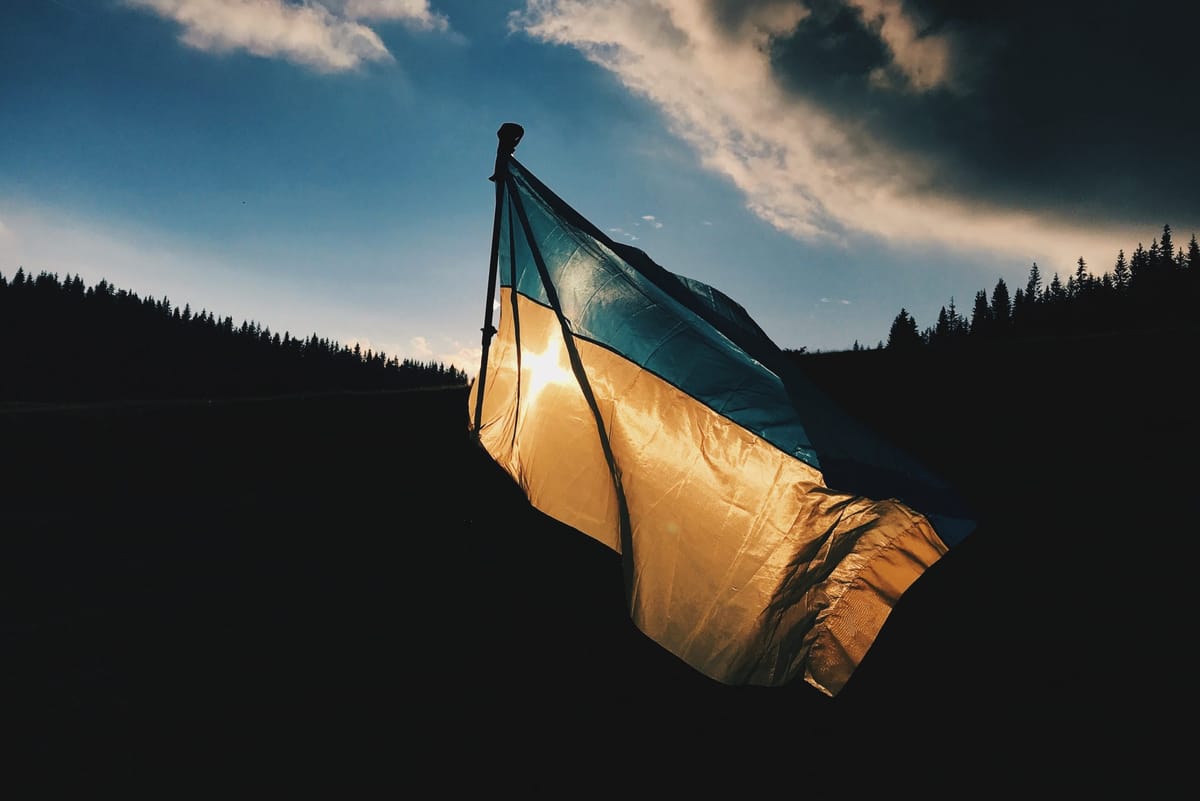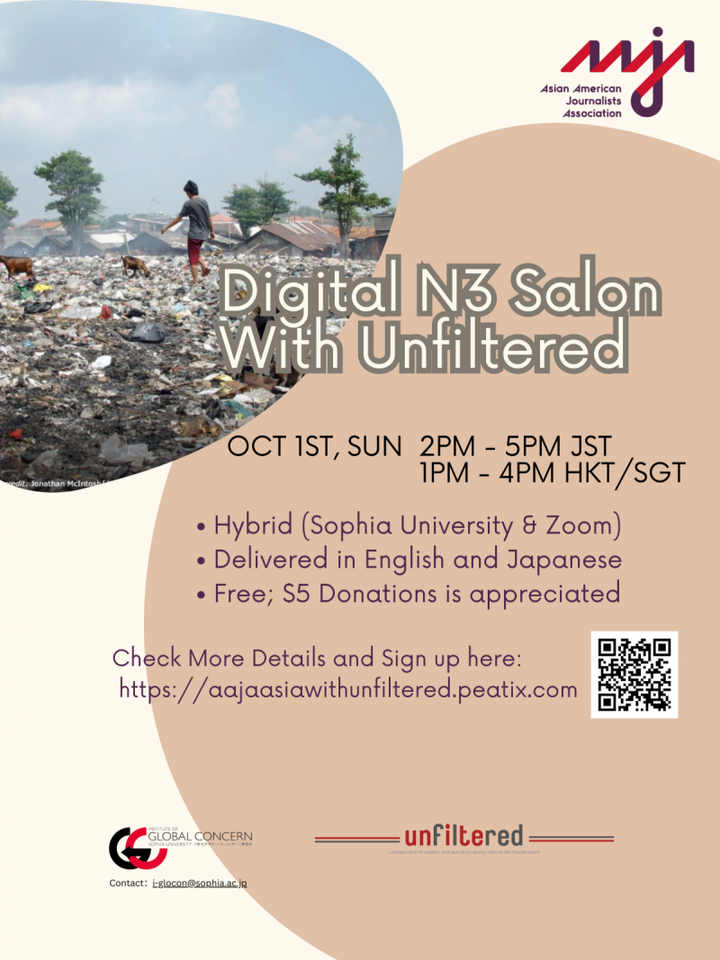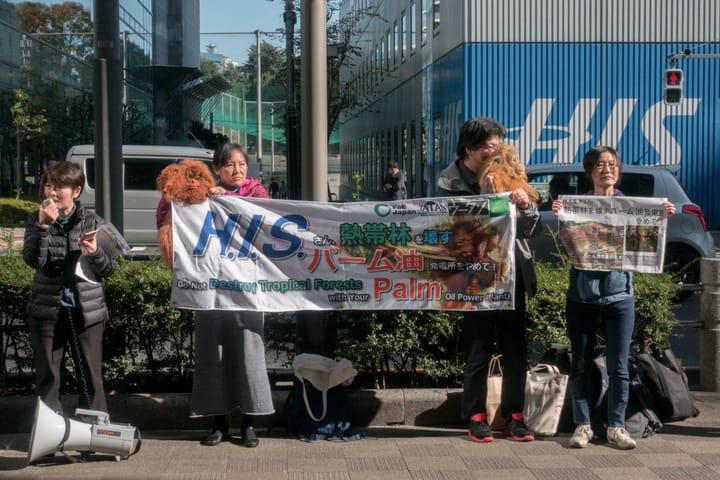Out of the Line of Fire

Japanese media companies have mostly avoided on-the-ground reporting in Ukraine. Why?
Like their counterparts everywhere, Japanese editors have scrambled to keep up with events since Russia invaded Ukraine on Feb. 24. Unlike much of the world’s media, however, Japan’s television and newspaper outlets have almost no staff correspondents on the ground in Kyiv or other Ukrainian cities. Japanese TV screens have instead been filled with local stringers and studio pundits, analyzing events 8,000 kilometers away. On March 8, a puzzled Nishimura Karyn, a Tokyo correspondent with AFP, asked Prime Minister Kishida Fumio why.
Kishida replied that the situation in Ukraine was “dangerous,” and that Japan had urged all of its citizens to refrain from traveling there “regardless” of the purpose of their visit. “As you are well aware, fierce fighting continues in many parts of Ukraine,” he continued. “There is a great risk of loss of life. Given this tense situation, the government’s position on this issue is that we would like to ask for your understanding and cooperation in our efforts.”
Some people may have experienced déjà vu listening to this exchange. During the 2003 invasion of Iraq by US-led forces, staff journalists in Japan also mostly heeded government warnings to stay at home. Japan’s television companies instead relied heavily on freelancers, keeping their big hitters in Tokyo. In subsequent conflict zones over the last two decades in Myanmar, Thailand, and Afghanistan, Japanese staff reporters have also been noticeably thin on the ground.

Ukraine is especially striking, since (in the words of veteran Independent correspondent Patrick Cockburn) the country is “almost sinking” under the weight of would-be war correspondents. So, what gives?
For years in Japan, managers of TV networks and newspapers have formed agreements, keeping their reporters out of harm’s way. Such agreements help alleviate the fear of being scooped, says Jimbo Teddy, who runs the independent news service videonews.com. The eruption of Mount Unzen in 1991, which killed 43 people (including NHK TV cameraman Yanai Makio), and the 2003 invasion of Iraq, which also led to fatalities among Japanese journalists (most notoriously, freelancer Goto Kenji), copper-fastened these agreements.
After the Fukushima nuclear accident in March 2011, reporters with major Japanese TV networks and newspapers mostly obeyed a government directive to avoid the 20-kilometer exclusion zone around the Fukushima Daiichi nuclear plant. Some began reporting from the area much later, after receiving government clearance. The Asahi Shimbun sent its first dispatch on April 25, 2011, when its reporters accompanied the commissioner general of the National Police Agency.
The reporting gap was filled by freelancers or independents (such as Jimbo), foreign agencies, and-–in some cases-–retired Japanese staffers. Later, staff reporters explained why they stayed away. Satō Keiichi, a then deputy editor with the News Division of Nippon Television (NTV), told me in 2011, “Journalists are employees, and their companies have to protect them from dangers. Reporters like myself might want to go into that zone and get the story…but there isn’t much personal freedom inside big media companies. We were told by our superiors that it was dangerous, so going in by ourselves would mean breaking that rule. It would mean nothing less than quitting the company.”

This risk-free mindset dominates management at large Japanese media companies, says Musashi University Professor Okumura Nobuyuki, a former journalist with TV Asahi. He also blames a lack of interest in foreign news reporting for the remote Ukraine coverage. “I think Japanese companies have fallen far behind foreign countries because they were the first to cut off investments in acquiring techniques and equipment for reporting in hostile situations,” he says.
Hayashi Kaori, a media scholar at the University of Tokyo, agrees that bosses in Japanese media companies have less capacity to make individual staffing decisions, so they usually hire freelancers when the bullets start flying. Both she and Okumura also cite language barriers and a lack of training in war reporting–especially by commercial broadcasters, “which hire new graduates as generalists, not journalists,” says Hayashi.
One exception among the mainstream is Kanehira Shigenori, a well-known TBS journalist who has sent regular dispatches from Ukraine. Jimbo points out, however, that Kanehira is no longer a staffer, which makes him a relatively free agent. “When reporters are sent to disaster areas, they’re not journalists, they are kaishain (full-time company employees),” says Jimbo. “They have to obey orders from their superiors. If anything happens, the superior will come under fire.”
Editors can sometimes be swayed by a particularly forceful (or senior) reporter. Former NHK bureau chief Ohnuki Yasuo, who reported on the Iraq war from Jordan, recalls persuading his bosses to allow a reporting trip to Baghdad. “NHK executives were always reluctant to cover heavily, but by chance I could speak to and persuade the president, and explained the reason why it’s newsworthy.” NHK and other members of the press club media sent reporters to Basra in southern Iraq to cover Japan’s controversial dispatch of Self-Defense Forces (SDF) to the area, but they subsequently withdrew with the troops.

The salaryman culture at Japanese media organizations frustrates some of the younger journalists who work there, say insiders. This has, of course, not deterred stringers. Japanese freelance journalists are entering Ukraine “one after another,” says Ishimaru Jiro, a leading expert on North Korea and chief editor of Asia Press. He estimates that at least seven freelancers are in the country, including a member of Asia Press, as of March 26.
The upshot is that freelancers with no training or institutional support “are expected to take cameras into some of the world’s most dangerous places,” says Martin Fackler, a former Tokyo bureau chief of The New York Times. “Meanwhile, the big media journalists get paid fatter, more dependable salaries to sit back in Tokyo.” He says government advisories are a “fig leaf” for avoiding dangerous assignments.
It can hardly be denied that reporting the war in Ukraine is treacherous. On March 7, a TV crew with Sky News was ambushed, and chief correspondent Stuart Ramsay was shot and injured. The killing of Ukrainian camera operator Yevhenii Sakun during Russian shelling, and an attack on two journalists with the Danish newspaper Esktra Bladet while reporting, have both been condemned by the media watchdog group Committee to Protect Journalists.
But Nishimura of AFP says that relying so heavily on foreign analysts is in itself dangerous for the Japanese media – and for Japan.
She says it is considered normal not to send journalists to war zones, not just in government and media circles–but among the general public. “The result is that rather than broadcasting information, TV broadcasters invite famous commentators not only to give their opinion (anyone is free to do so), but to explain the situation (which they of course do not know). The war in Ukraine is not the kind of situation that everybody can comment on TV. Media still do not understand that. Ukraine is far from here, they do not see the danger.”


